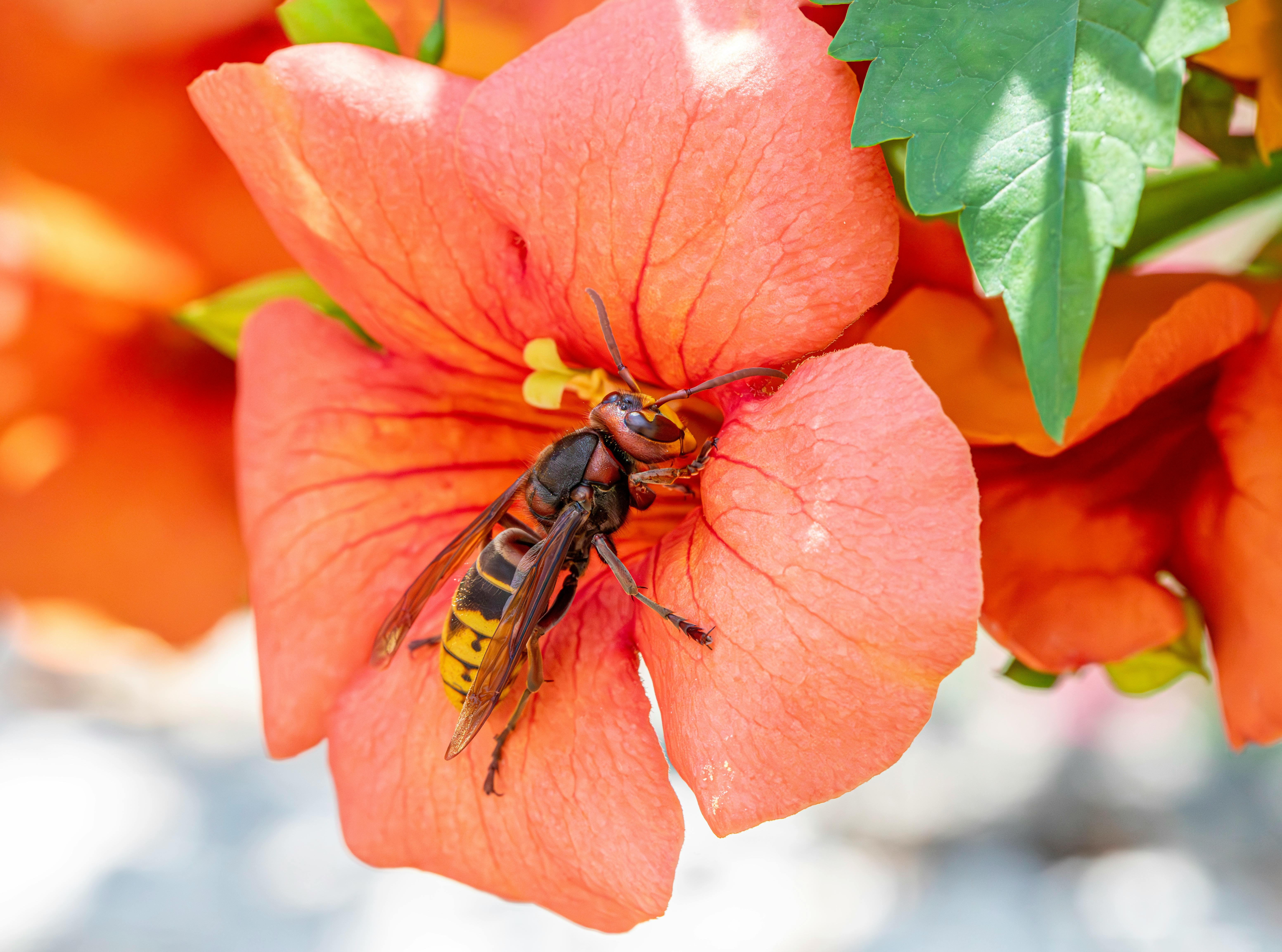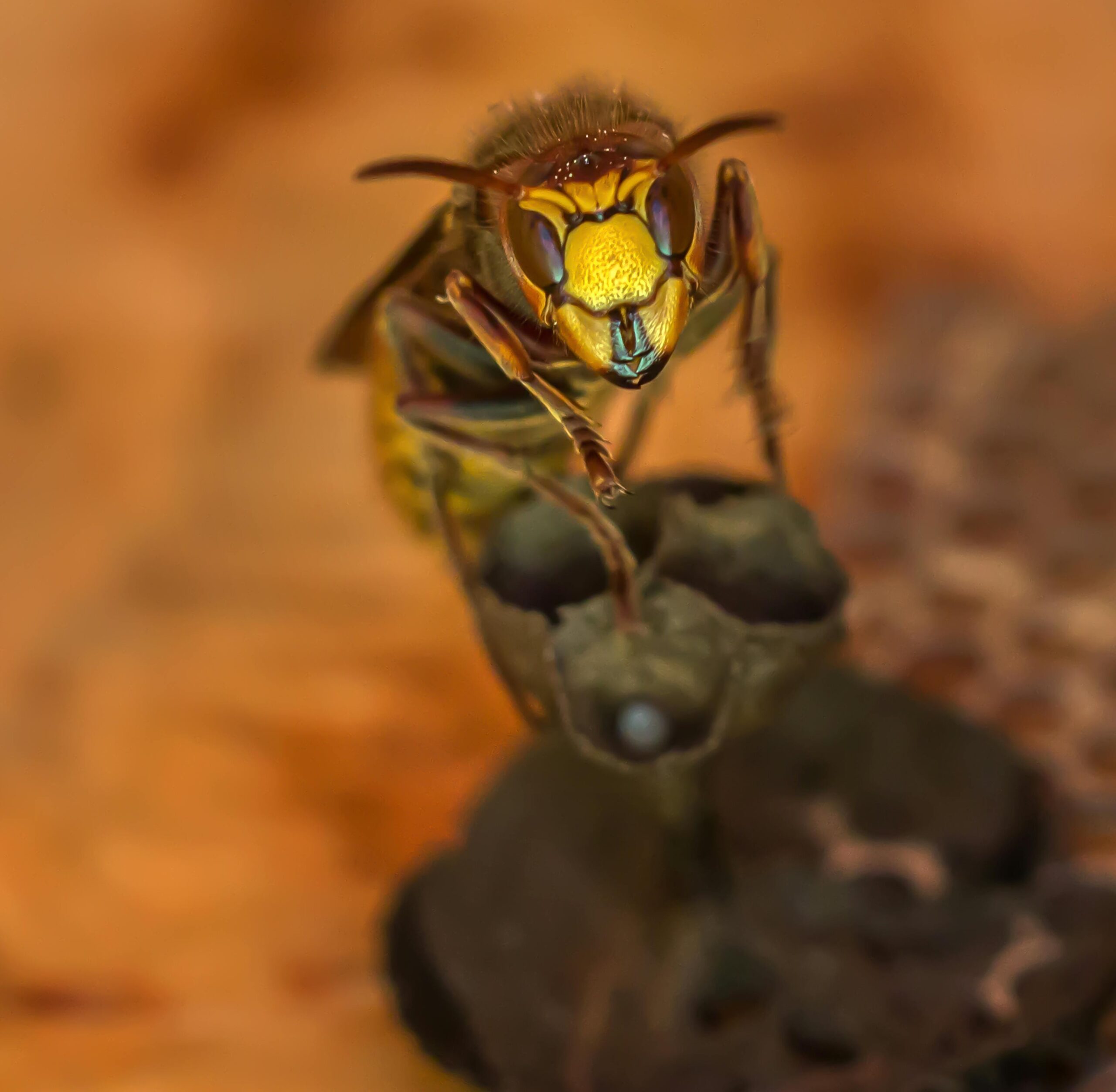Exploring the Fascinating World of Hornissennest
Hornissennest, or hornet’s nest, presents a remarkable subject of study in the realm of entomology. These nests, primarily built by various species of hornets, serve as fascinating examples of natural architecture created by social insects. Understanding their construction, behavior, and ecological significance can provide deeper insights into the life of hornets and their role in our ecosystem.
The Structure of Hornissennest
The structure of a **hornissennest** is a testament to nature’s engineering prowess. Formed from chewed wood fibers mixed with saliva, these nests resemble paper-like materials and can be found in various shapes and sizes, generally spherical or oval. Depending on the species, the nests can reach impressive sizes, hosting hundreds to thousands of hornets. For example, the European hornet (Vespa crabro) constructs nests that can be as large as a basketball, showcasing intricate chambers for brood rearing and storing food.
Materials Used in Nest Construction
Hornets utilize a combination of materials in constructing their nests. The most significant of these is wood, which they harvest from trees and wooden structures. By biting into the wood, they create a pulp that they mix with their saliva, forming a sturdy and lightweight construction material. This building technique not only offers durability but also insulation against temperature fluctuations, crucial for the survival of the larvae and adults alike. Additionally, hornets can often be found building nests in sheltered locations, such as attics or hollow trees, enhancing their protection from predators.
Behavioral Insights of Hornets
Understanding hornet behavior is essential to comprehending their societal structure. Hornets are social insects, living in colonies that exhibit complex roles—from the queen, who lays eggs, to worker hornets, responsible for building the nest and foraging for food. These social dynamics significantly contribute to their success as a species. Workers communicate with each other through pheromones and physical interactions, ensuring that tasks are accomplished efficiently. For instance, when a worker identifies a food source, it returns to the nest to inform the others, demonstrating an impressive level of cooperation within the colony.
Ecological Role of Hornissennest
The ecological role of a **hornissennest** extends beyond the life of hornets alone. These nests contribute to the biodiversity of their habitat, serving as micro-ecosystems for various organisms. They perform the crucial function of regulating insect populations, as hornets are natural predators of many pests, including flies, caterpillars, and aphids. This predatory behavior supports agricultural ecosystems by keeping pest numbers in check, showcasing their importance in maintaining a balanced environment.
Impact on the Local Ecosystem
Hornets significantly impact their local ecosystems, primarily as predators. By feeding on other insects, they help control pest populations naturally, reducing the need for chemical pest control methods. Moreover, when hornets die, their nests often decompose, enriching the surrounding soil and providing nutrients for plants. The presence of hornissennest can indicate a healthy ecosystem, attracting various wildlife species that rely on hornets either as predators or prey, thereby enhancing biodiversity.
Human Interaction with Hornets
Human interaction with hornets often brings about fear and misunderstanding. While hornets can be aggressive when their nests are threatened, they typically avoid confrontation with humans. However, due to their protective nature, accidental disturbances can lead to stings, which, although painful, are rarely fatal. Educating the public on the benefits of cohabiting with hornets—such as their role in pest control—can help reduce unnecessary extermination and promote a better understanding of these insects. Awareness campaigns can encourage individuals to respect the habitats of hornets, possibly leading to safer living conditions for both.

Identifying Hornissennest
Properly identifying a **hornissennest** can be crucial for both safety and ecological understanding. Recognizing the characteristics of hornet nests helps in determining the species and assessing potential risks associated with them. Hornet nests can often be distinguished by their distinctive papery material, size, and location. For instance, nests are typically found hanging from tree branches, under eaves, or within building cavities. Understanding this identification can help individuals manage their encounters with hornets more safely, ensuring that they are prepared should a nest be discovered.
Physical Characteristics
Hornissennest can vary widely from one species to another in both size and shape. For example, the nests of the bald-faced hornet tend to be larger and more exposed compared to those of the European hornet, which often builds its nests in sheltered areas. Visitors can identify these nests by observing their round or oval forms layered with a beige or brownish material that resembles paper. Moreover, the size of these nests can be quite considerable, with some reaching over 3 feet in height, making them hard to miss. Knowledge of these key characteristics aids in distinguishing hornets from other similar-looking insects, like wasps, ensuring better interactions with these fascinating creatures.
Signs of Activity
In addition to visual characteristics, observing hornet activity is vital in identifying the presence of a nest. Hornets become particularly active during the late spring and summer months as they forage for food and tend to their growing nests. Noticing increased hornet traffic near a specific location can signal the presence of a nest nearby. Individuals can assess activity patterns; for example, hornets may be observed flying in and out of a particular area, which can be an early warning sign of a hidden nest. Understanding these cues is crucial for safely managing any encounters with hornets.
Conclusion
The study of **hornissennest** offers invaluable insights into the lives of hornets and their environmental significance. By understanding their structure, behavior, ecological roles, and interactions with humans, we can better appreciate these fascinating insects. Increasing public awareness about the importance of hornets and their nests will contribute significantly to biological diversity and ecological balance. Therefore, fostering a culture of respect and understanding for hornets is essential for harmonious coexistence.
FAQ
1. What is a hornissennest made of?
A **hornissennest** is primarily made from chewed wood fibers mixed with hornets’ saliva, producing a paper-like material. This composition provides durability and insulation, essential for the survival of the hornet colony.
2. Are hornets dangerous to humans?
Hornets can be aggressive if they feel threatened, especially if their nest is disturbed. While their stings can be painful, they are rarely fatal to healthy individuals. It’s important to exercise caution around their nests.
3. How can I safely remove a hornissennest?
It is advisable to contact pest control professionals for safe removal of a **hornissennest**. Attempting to remove it without proper knowledge and equipment can lead to stings and potential allergic reactions.
4. Do hornets serve any beneficial purposes?
Absolutely! Hornets play a vital role in controlling insect pest populations, contributing to ecological balance. Their predation helps keep various pest species in check, benefiting agriculture and local environments.
5. How can I identify a hornissennest?
You can identify a **hornissennest** by its papery texture and generally spherical or oval shape. Hornet nests are usually located in trees, eaves, or sheltered areas, and may be quite large, depending on the hornet species.
